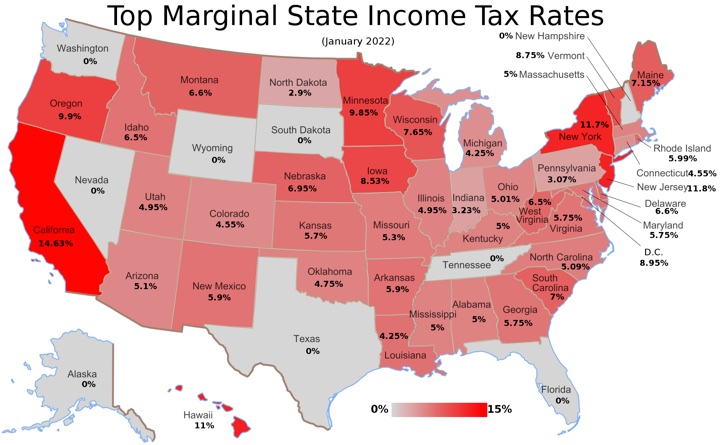
I’ve mentioned this before, but here’s a quick reminder as the tax-equivalent yields are now at 6% APY in most states with income taxes (anything 5% and up, see above graphic). Due especially to high state income taxes, my cash is mostly held in Treasury bills and money market funds that contain 90%+ treasury bills. Both can be owned within most major brokerage accounts that allow the purchase of individual bonds from either auction or secondary markets. (Treasury Direct allows purchase at auction, but I don’t like the user interface or customer service.)
So while I enjoy keeping track of new fintech apps, unless there is a good upfront bonus, it’s hard for me to justify another application at current rates. I skipped Milli when it hit 5.25% APY in August 2023. I skipped Elevault when it hit 5.50% APY in October 2023. I will likely skip Domain Money at 6% APY.
Treasury bond interest is exempt from state incomes taxes, which gives them a comparative boost over interest from banks. If you are subject to state income taxes, use a tax-equivalent yield calculator to compare Treasury bill/bond yields with interest rates from bank accounts and other bonds.
For example, if you are single with $70,000+ taxable income in California, your marginal state income tax rate is at least 9.3%. That means the 5.57% interest from a 4-week Treasury bill is equivalent to a bank account paying 6.42% interest or higher!
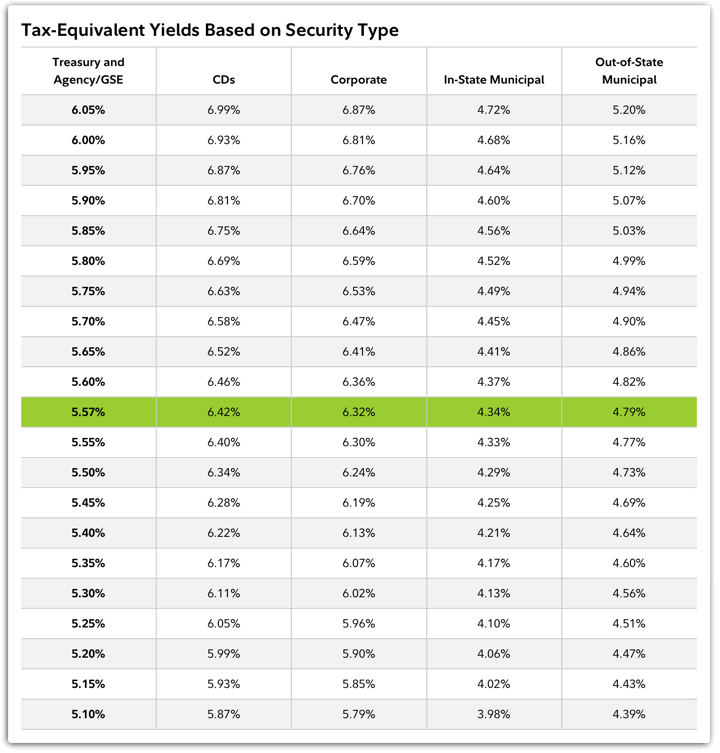
Be sure to check and make sure your “Treasury” money market fund is holding 90%+ Treasuries and not repurchase agreements. I’ve noticed that Vanguard Treasury Money Market Fund is now back to 94% Treasuries and only 4% repos, but that could change again in the future, so I’m keeping an eye on it.
Finally, at tax time be sure to look up the appropriate U.S. government obligations income information and use it when filing your state income taxes. You may need to nudge your accountant along with supplying this information.
[Top image credit – Wikipedia]


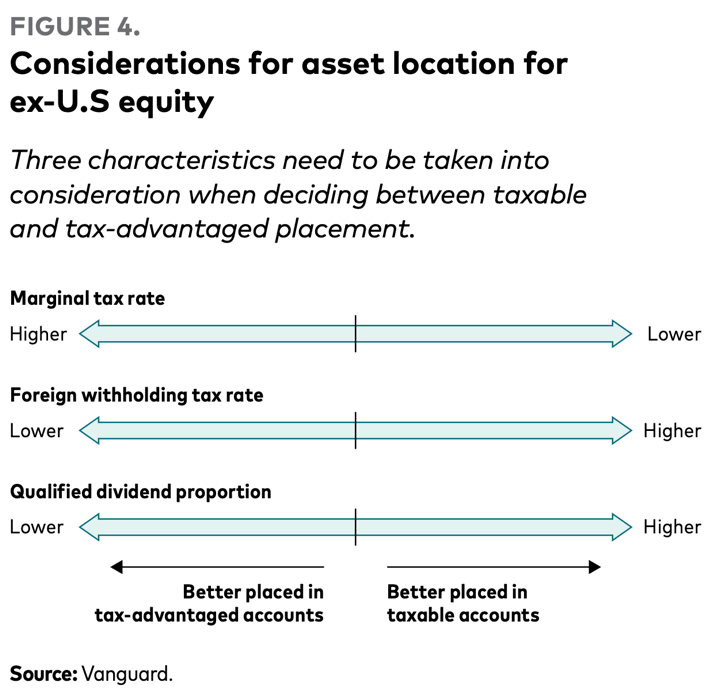




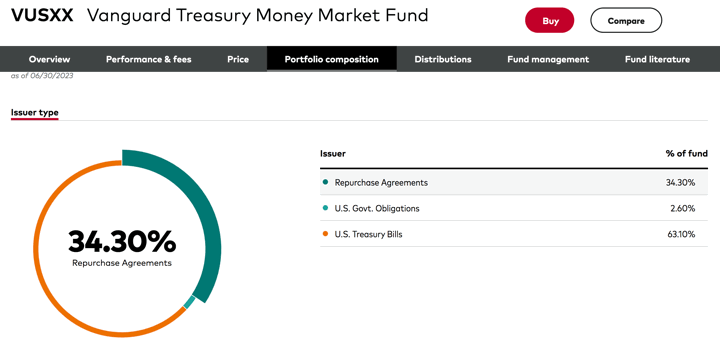
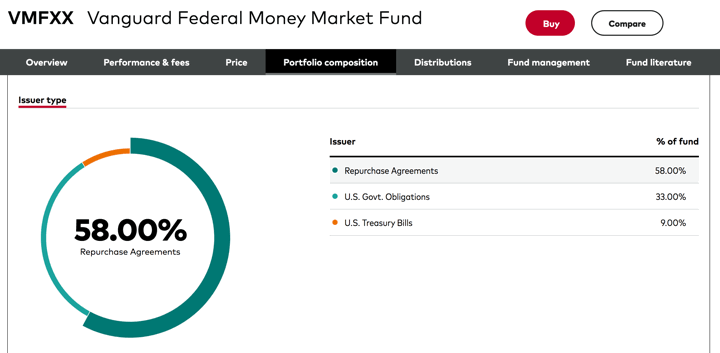
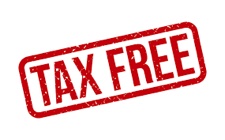 In 2022, 21 states issued special relief payments to eligible residents in 2022. The Tax Foundation has a partial list of
In 2022, 21 states issued special relief payments to eligible residents in 2022. The Tax Foundation has a partial list of 
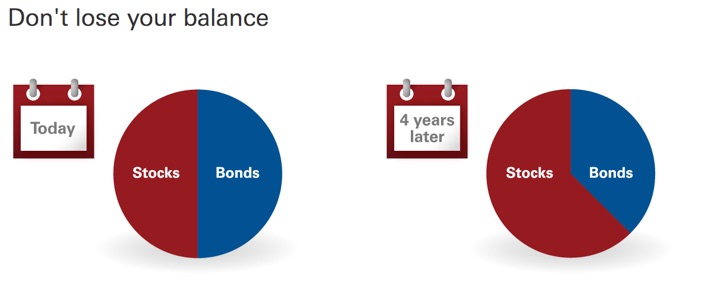
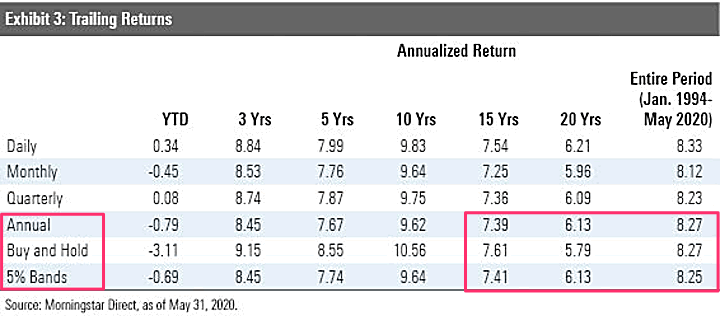
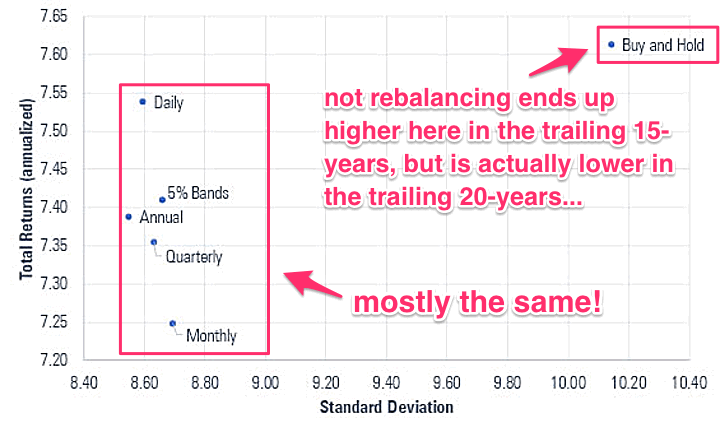
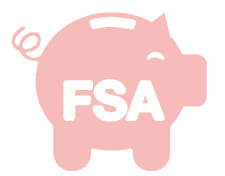 As we head into the last few months of 2021, this is a reminder to check on your Healthcare and Dependent Care Flexible Spending Accounts (FSA). This
As we head into the last few months of 2021, this is a reminder to check on your Healthcare and Dependent Care Flexible Spending Accounts (FSA). This 
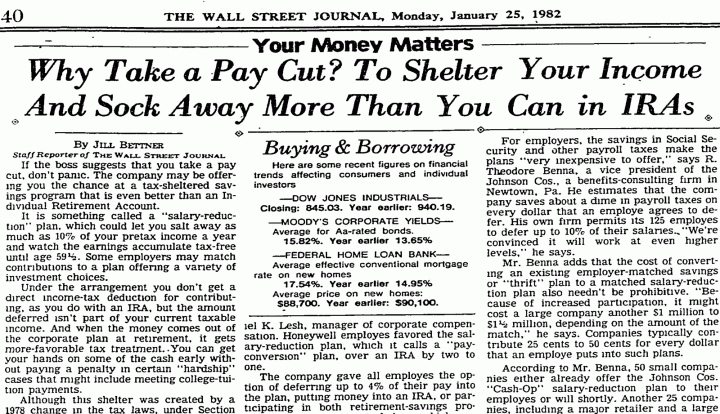
 The
The 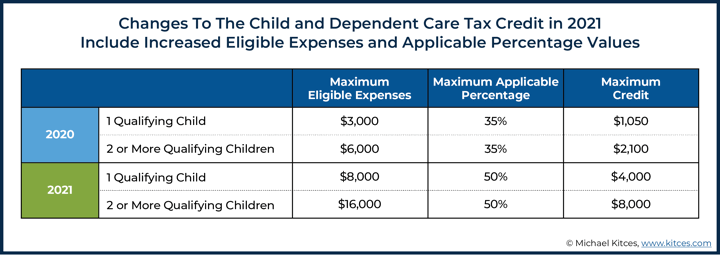
 The Best Credit Card Bonus Offers – 2025
The Best Credit Card Bonus Offers – 2025 Big List of Free Stocks from Brokerage Apps
Big List of Free Stocks from Brokerage Apps Best Interest Rates on Cash - 2025
Best Interest Rates on Cash - 2025 Free Credit Scores x 3 + Free Credit Monitoring
Free Credit Scores x 3 + Free Credit Monitoring Best No Fee 0% APR Balance Transfer Offers
Best No Fee 0% APR Balance Transfer Offers Little-Known Cellular Data Plans That Can Save Big Money
Little-Known Cellular Data Plans That Can Save Big Money How To Haggle Your Cable or Direct TV Bill
How To Haggle Your Cable or Direct TV Bill Big List of Free Consumer Data Reports (Credit, Rent, Work)
Big List of Free Consumer Data Reports (Credit, Rent, Work)